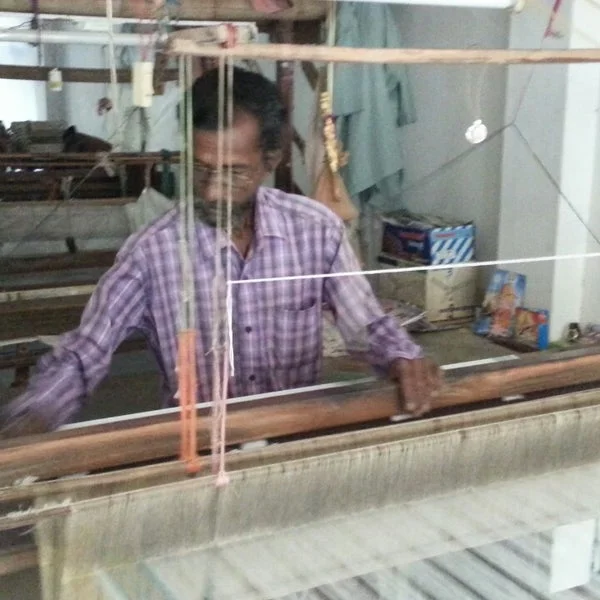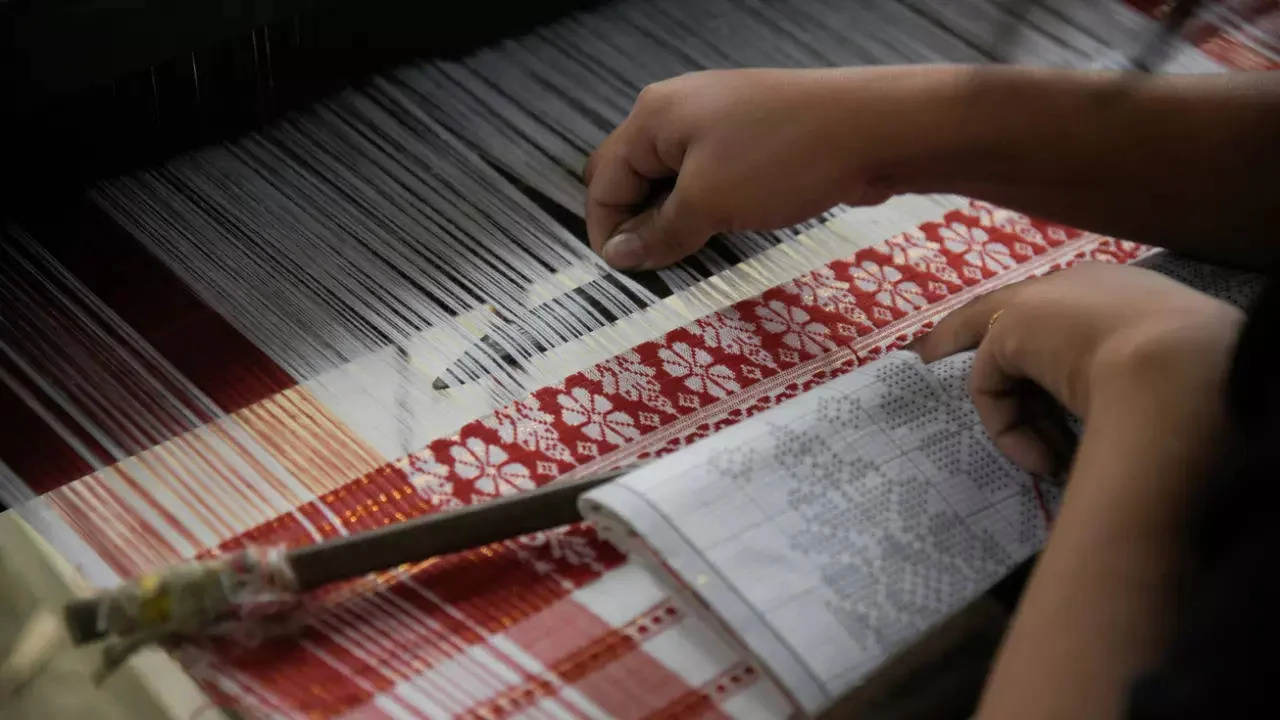The Assamese handloom industry has a rich heritage that dates back centuries. Renowned for its intricate designs and vibrant colors, Assamese handloom products have gained popularity not only in India but also internationally. In this article, we delve into the history, significance, and future prospects of this traditional industry.
History of Assamese Handloom
The history of the Assamese handloom industry can be traced back to ancient times when weaving was an integral part of Assamese culture. The art of handloom weaving was passed down through generations, with each family specializing in specific designs and patterns. Over the years, Assamese handloom products evolved to incorporate various influences, including Mughal and British styles, while retaining their distinct identity.
Significance of Assamese Handloom

The Assamese handloom industry plays a crucial role in the socio-economic fabric of Assam. It provides employment to a large number of people, especially women, who are involved in various stages of the weaving process. Additionally, handloom products are an essential part of Assamese culture and are used in traditional ceremonies and festivals.
Revival and Challenges
In recent years, there has been a renewed interest in reviving the Assamese handloom industry. Government initiatives and increased awareness about the importance of preserving traditional crafts have contributed to this revival. However, the industry still faces challenges such as competition from machine-made products and a lack of modern marketing techniques.
Future Prospects
Despite the challenges, the future looks promising for the Assamese handloom industry. There is a growing demand for handloom products both domestically and internationally, especially among eco-conscious consumers who value sustainable and ethically produced goods. With the right support and promotion, the Assamese handloom industry can continue to thrive and preserve its rich heritage for generations to come.
FAQ
Q: What are some popular types of Assamese handloom products?
A: Some popular types of Assamese handloom products include Mekhela Chador, Assam Silk Sarees (Eri, Muga, and Pat), Gamocha, and traditional Assamese fabrics like Riha and Chador.
Q: How is the Assamese handloom industry contributing to sustainable practices?
A: The Assamese handloom industry is known for its use of natural fibers and dyes, which are environmentally friendly. Additionally, the traditional handloom weaving process itself is sustainable as it does not rely on electricity or other non-renewable resources.
Q: Are there any organizations working to promote the Assamese handloom industry?
A: Yes, several organizations and NGOs are actively working to promote and support the Assamese handloom industry. They focus on initiatives such as skill development, marketing assistance, and creating awareness about the importance of handloom products.
Q: How can consumers support the Assamese handloom industry?
A: Consumers can support the Assamese handloom industry by purchasing handloom products directly from artisans or certified outlets. By choosing handloom products, consumers contribute to the livelihoods of artisans and the preservation of traditional craftsmanship.
Conclusion
The Assamese handloom industry is not just about weaving fabric; it is about preserving a rich cultural heritage and providing livelihoods to thousands of skilled artisans. As we celebrate the beauty and craftsmanship of Assamese handloom products, let us also pledge to support and promote this traditional industry for a sustainable future.












